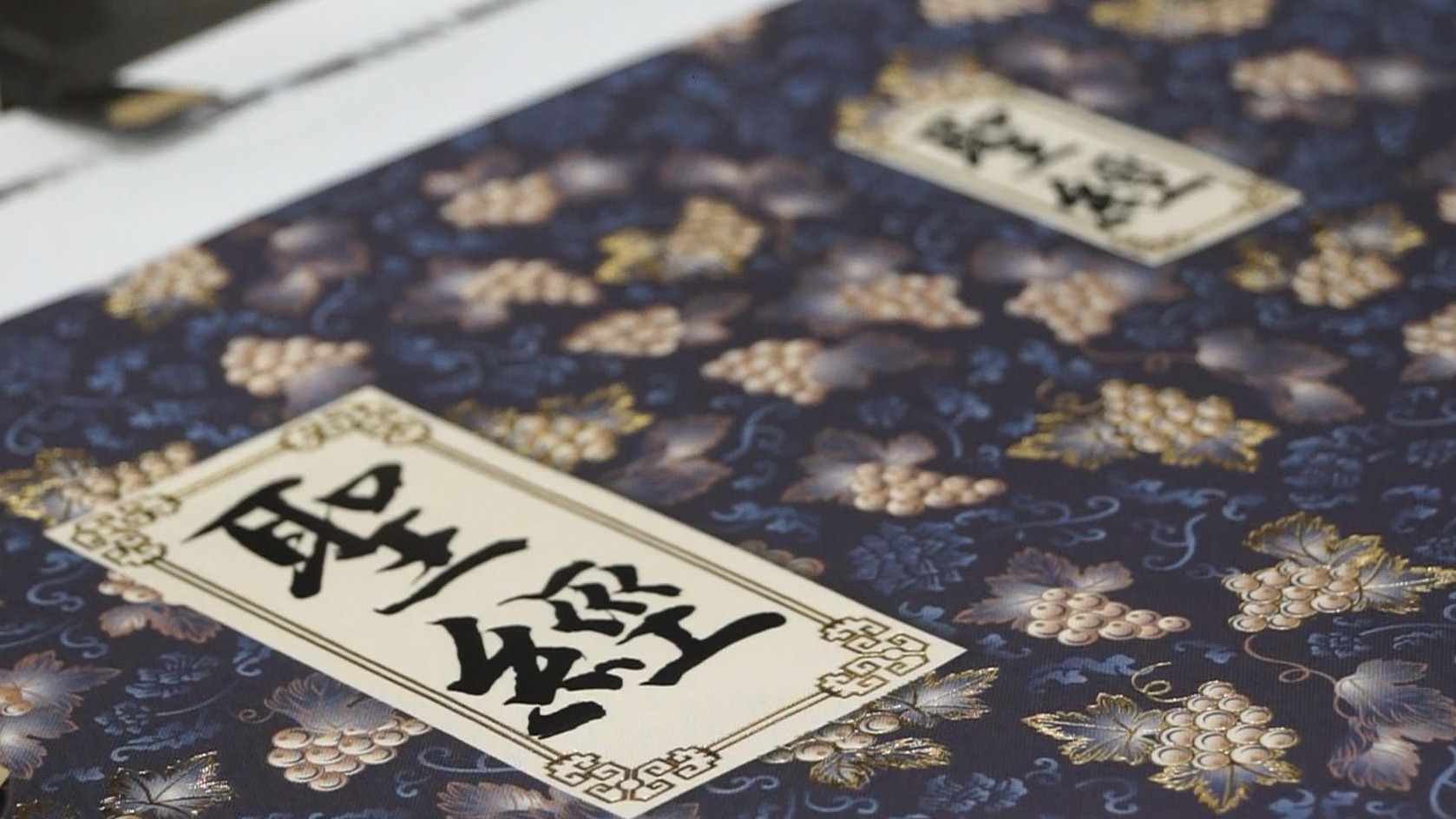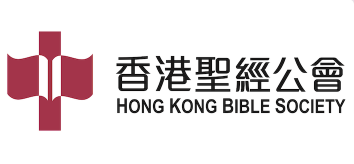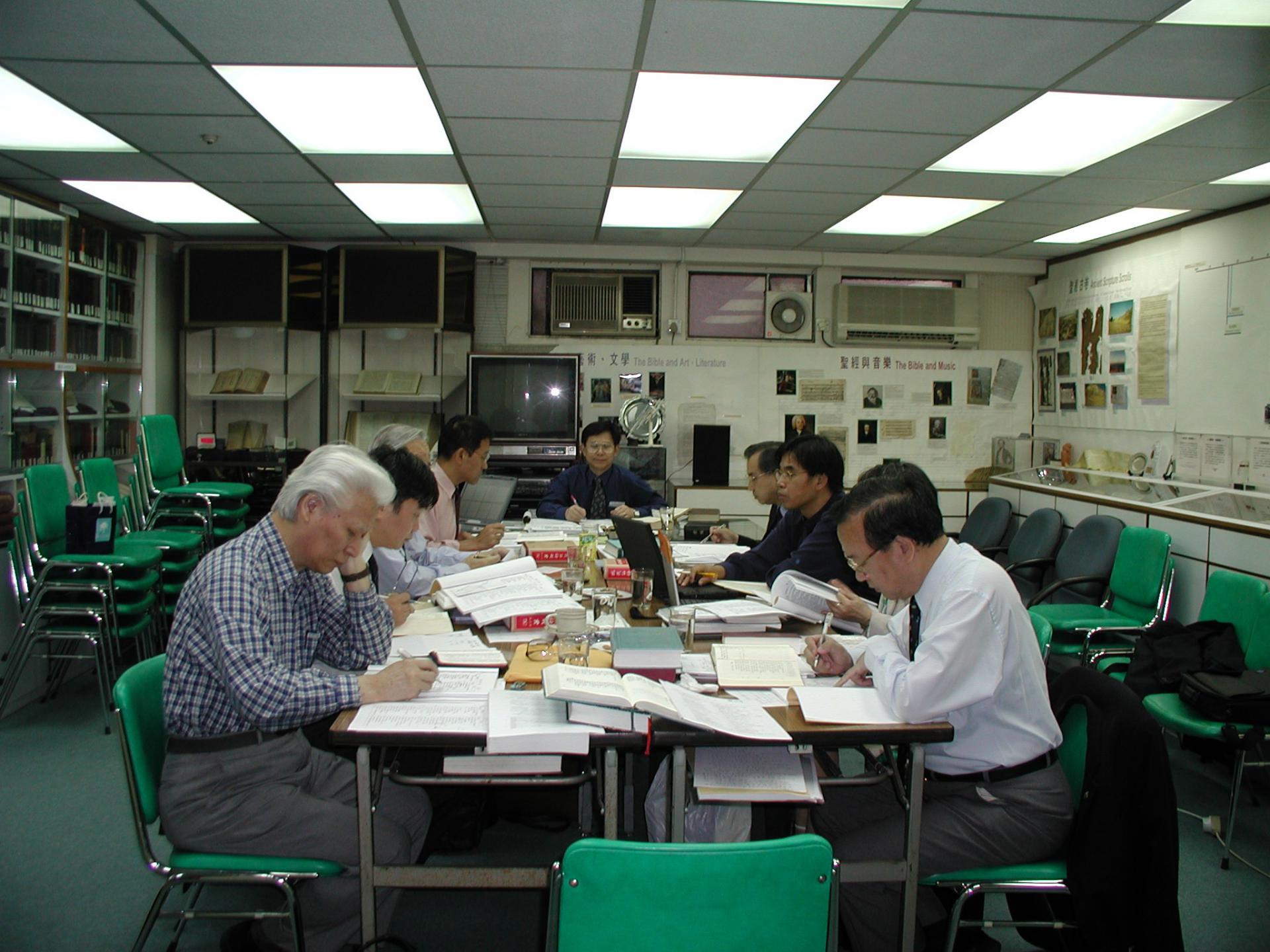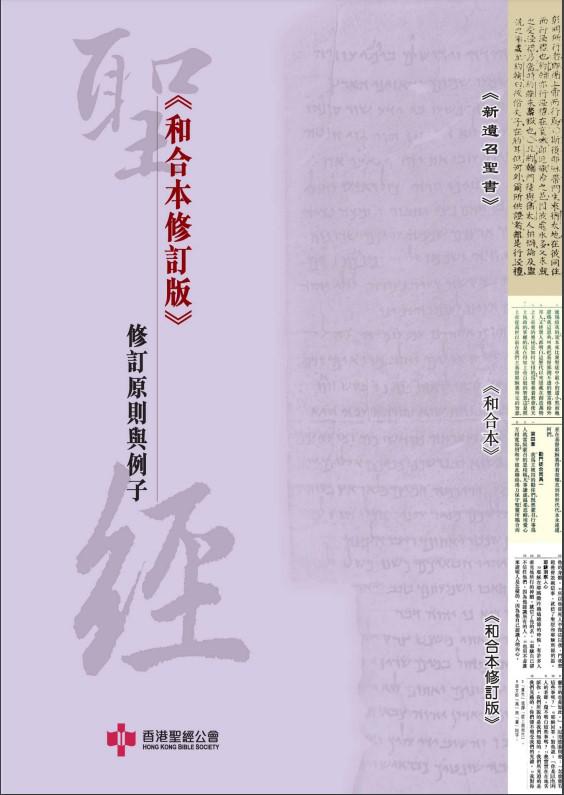
Revision Principles & Process
JOURNEY OF REVISION
-
1804
The first Bible Society – The British and Foreign Bible Society was established and put translation of Chinese Bibles one of their first priorities.
-
1807
Rev. Robert Morrison was the first overseas missionary commissioned by The British and Foreign Bible Society to carry out Chinese Bible translation in China.
-
1823
The first Bible translated in China titled Shen Tian Sheng Shu was published and it has become the foundation for subsequent Chinese Bible translation and revision.
-
1919
The famous CUV made its first appearance in Shanghai as a result of the concerted efforts of the British and Foreign Bible Society, American Bible Society, the National Bible Society of Scotland and various missionary organizations. It has gradually become the world-renowned standard Chinese Bible version. Up till now, it has edified more than 70 million believers in more than 300,000 Chinese churches all over the world.
-
1950
The Hong Kong Bible Society was established and the Chinese Bible was printed in Hong Kong for the first time.
-
1983
1984As time goes by, usage of Chinese language has lots of changes. In addition, in recent decades, the discovery of old manuscripts such as the Dead Sea Scrolls and the Septuagint has provided new insights to translation of the Biblical verses. The United Bible Societies discussed with church leaders in Hong Kong, Taiwan, Singapore and Malaysia, and all agreed to revise the CUV. The revision committee of CUVwas established. The revision principles include:(1) Minimal changes; (2) Maintain the style of the CUV; (3) Faithfulness to the original text; (4) Conformity to current usages and expressions of today’s Chinese languageTSPM/CCC has been involving in the revision of the CUV in the past two decades.
-
2000
The United Bible Societies handed over the revision project of CUV to Hong Kong Bible Society to coordinate and manage.
-
2006
New Testament – Revised Chinese Union Version was published.
-
2010
All 66 books of the entire Bible were revised and published.




